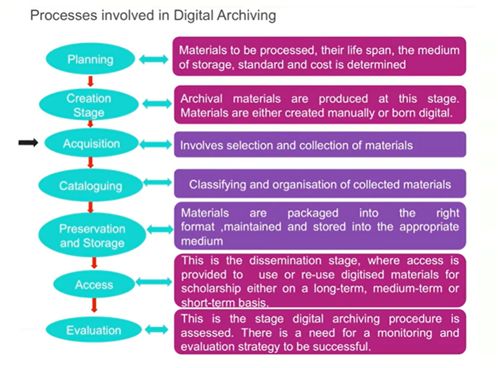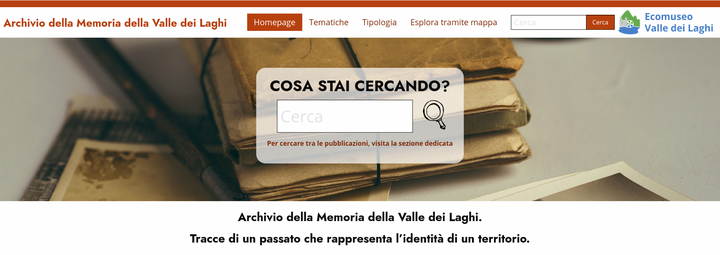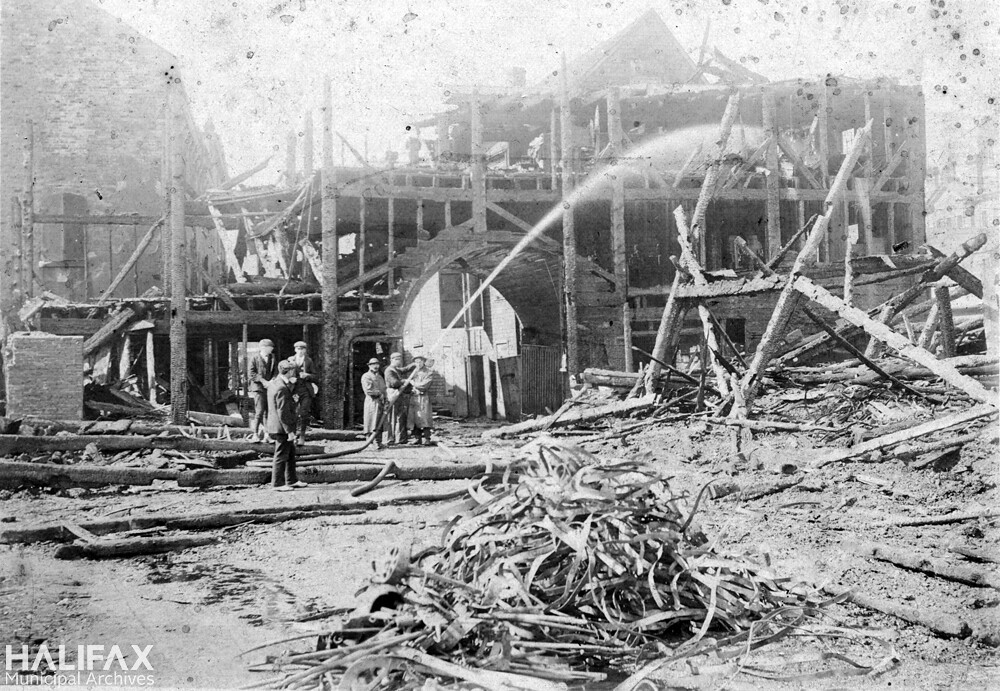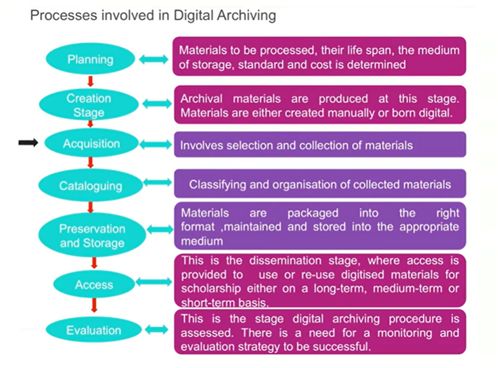In an age where everything moves fast—cities change overnight, traditions vanish quietly, and family stories are lost in the shuffle of modern life—digital archives are becoming the quiet guardians of what makes us who we are. At Remin.site, we believe death is not the end; it’s the beginning of how we are remembered. And one of the most powerful tools for this remembrance today is the digital archive.

The Erosion of Local Histories in the Modern Age
With the rise of globalization and rapid urbanization, local histories are fading—not always with a bang, but often with a quiet erasure. The stories your grandparents told, the names carved into old buildings, the rituals and community traditions—they’re all part of something bigger than nostalgia. They are memory. They are identity.
Globalization and Urban Development’s Impact on Memory
While development brings growth, it often bulldozes memory. Villages become suburbs, historic sites give way to parking lots, and dialects are lost under the weight of dominant languages. These aren’t just changes—they are cultural amnesia happening in real time.
Loss of Oral Traditions and Community Knowledge
For centuries, communities preserved knowledge through stories, songs, and gatherings. But oral history—so rich, personal, and vibrant—rarely survives more than two or three generations. Without intentional preservation, these fragile cultural threads break.
“When an old person dies, a library burns to the ground.” — African Proverb
What Are Digital Archives and How Do They Work?
Put simply, digital archives are curated collections of digital materials—photos, texts, audio recordings, maps, and more—that aim to preserve and make accessible the records of human experience. But they are more than databases. They are living, breathing libraries of meaning.

Definitions and Scope
- Personal Archives: Family albums, journals, recordings
- Community Archives: Local history projects, oral storytelling initiatives
- Institutional Archives: Libraries, museums, universities
Tools and Technologies Behind Digital Archives
Today’s archives are powered by a suite of digital tools. Open-source platforms like Omeka S allow communities to build and curate their own exhibits. Cloud-based systems ensure durability. AI tools help tag and contextualize material for future generations.
Omeka S, Archive-It, and Digital Repository Systems
Platforms like Archive-It allow for web-based cultural memory to be preserved, such as blogs or endangered community sites. Meanwhile, the Remin Project empowers individuals to store not only digital documents but stories, wills, values, and wisdom to be passed on across time.
Why Digital Archives Are Crucial for Local History
When you digitize a story, you don’t just save it—you make it shareable, searchable, and eternal. In a world where most memories are fleeting, digital archives offer permanence.
Enhancing Accessibility and Preservation
Unlike dusty boxes in attics or fading photos in albums, digital archives are:
- Accessible anywhere, anytime
- Backed up and safe from environmental damage
- Searchable for researchers, students, and family members
Think of it as a cultural safety deposit box—always there, ready to be opened by future hands looking to understand the past.
Empowering Local Communities Through Storytelling
Community-led archives give people the power to tell their own stories. No more waiting for historians to “validate” their significance. Digital archives democratize memory and return narrative control to the people who lived it.
Case Study: Ecomuseums and Their Digital Footprint

What Is an Ecomuseum?
An ecomuseum is more than a museum—it’s a living cultural landscape curated by the community itself. It includes homes, churches, fields, kitchens, and memories. It’s a “museum without walls.” And now, these spaces are extending themselves digitally.
Case in Focus: Digital Archiving Projects in Italy
One inspiring example is the Ecomuseo of Italy’s digital archive project using Omeka S. Here, entire towns have collaborated to upload oral histories, documents, and photos that span generations.
What’s special is that it’s not just historians doing the work—it’s grandmothers, local students, farmers, and priests. Everyone becomes a memory-keeper.
Best Practices for Creating and Sustaining Digital Archives
Whether you’re building a personal legacy archive or launching a community project, here are some guiding principles:
Community Involvement and Co-Creation
- Engage locals in identifying and contributing materials
- Offer workshops on oral history recording and digitization
- Create multilingual access points to reflect diversity
Metadata Standards and Ethical Considerations
Every item in a digital archive needs context—who, what, when, where, and why. But also consider:
- Consent: Does the person want this preserved?
- Sensitivity: Is the material sacred or private?
Respect is preservation’s most essential ingredient.
Tools for Long-Term Digital Preservation
Use stable, non-proprietary file formats (.txt, .tiff, .wav), backup on multiple drives, and adopt open standards for interoperability. Institutions like the British Library offer excellent tips on best practices for digital longevity.

Continue reading in Part 2 to explore real-world examples, limitations, and how the digital archive becomes a legacy you leave behind.
Real-World Examples and Inspiration
Across the globe, communities are stepping up to reclaim their narratives through digital archiving. These projects are not just about saving data—they are about reviving identity, inspiring pride, and anchoring generations to their roots.
Fullerton Digital Landmarks Project
In California, the Fullerton Library’s Landmarks Launch is a shining example of how civic institutions can partner with communities to preserve shared heritage. The project digitized key landmarks, adding images, descriptions, and stories that otherwise might be lost to urban development.

British Library Digital Preservation Tools
The British Library’s preservation resources provide best-in-class recommendations for long-term digital archiving. These include open-access tools and workflows that even small organizations or individuals can apply to their own archives.
Both of these examples show us what’s possible when we blend technology with intention—and memory with mission.
Challenges and Limitations of Digital Archiving
While the future of cultural preservation is digital, it’s not without its hurdles. To fully harness the power of digital archives, we must also confront the following realities:
Digital Divide and Accessibility Barriers
- Many communities, especially in rural or marginalized areas, lack reliable internet access
- Digital literacy remains uneven across age groups and cultures
- Technological tools often come with language and usability limitations
Without inclusion at the core, even the best archiving tools risk becoming echo chambers rather than open platforms.
Technical Fragility and Funding Concerns
Hard drives crash. Websites go offline. Formats become obsolete. Digital archives must be maintained continuously—and that means financial and human resources. Sustainable funding and training are just as important as the archival platform itself.
Conclusion: A Call to Digitally Remember Our Past
At Remin.site, we believe preserving memory is a radical act of love. By archiving your photos, letters, voice recordings, and values, you’re building something no one else can: your legacy.
This is how we fight the quiet erasure of local history. This is how we say: “I was here. We were here.” Not with monuments or museums, but with shared stories—stored digitally, protected forever.
Digital archives are not cold servers. They are warm vessels. And they wait for us to fill them with life.
“If you don’t tell your story, someone else will. And they may not tell it right.” — Unknown
Future Directions for Digital Heritage
To make digital archives more powerful and inclusive, we must:
- Foster partnerships between tech experts and local historians
- Promote open-source tools and cross-platform accessibility
- Involve youth in digital storytelling and preservation efforts
Initiatives like Europeana and community platforms like Omeka S continue to lead the way, providing open frameworks for participatory memory-making.
Frequently Asked Questions (FAQs)
What makes a digital archive different from a physical one?
Digital archives offer remote access, easier searchability, and long-term preservation with lower storage risks. They also allow multimedia formats—video, audio, maps, and interactive tools—that physical archives can’t support.
Can individuals create their own digital archive?
Absolutely. Platforms like Remin.site are designed specifically to help individuals and families archive personal memories, wisdom, and important documents to ensure they’re not forgotten.
What are the risks involved with digital archives?
Risks include data corruption, format obsolescence, lack of backups, and issues with digital access. However, with best practices and regular updates, these risks can be managed effectively.
How can communities start a digital archiving project?
Start by gathering local stories, photos, and artifacts. Use free tools like Omeka or Archive-It to organize and publish your content. Involve your community early and often for best results.
Ready to begin your own archive of memory, meaning, and message?
Join Remin today and start preserving what truly matters—for you, your family, and the generations to come.
Because death is not the end. It is the beginning—of memory that lives on.
